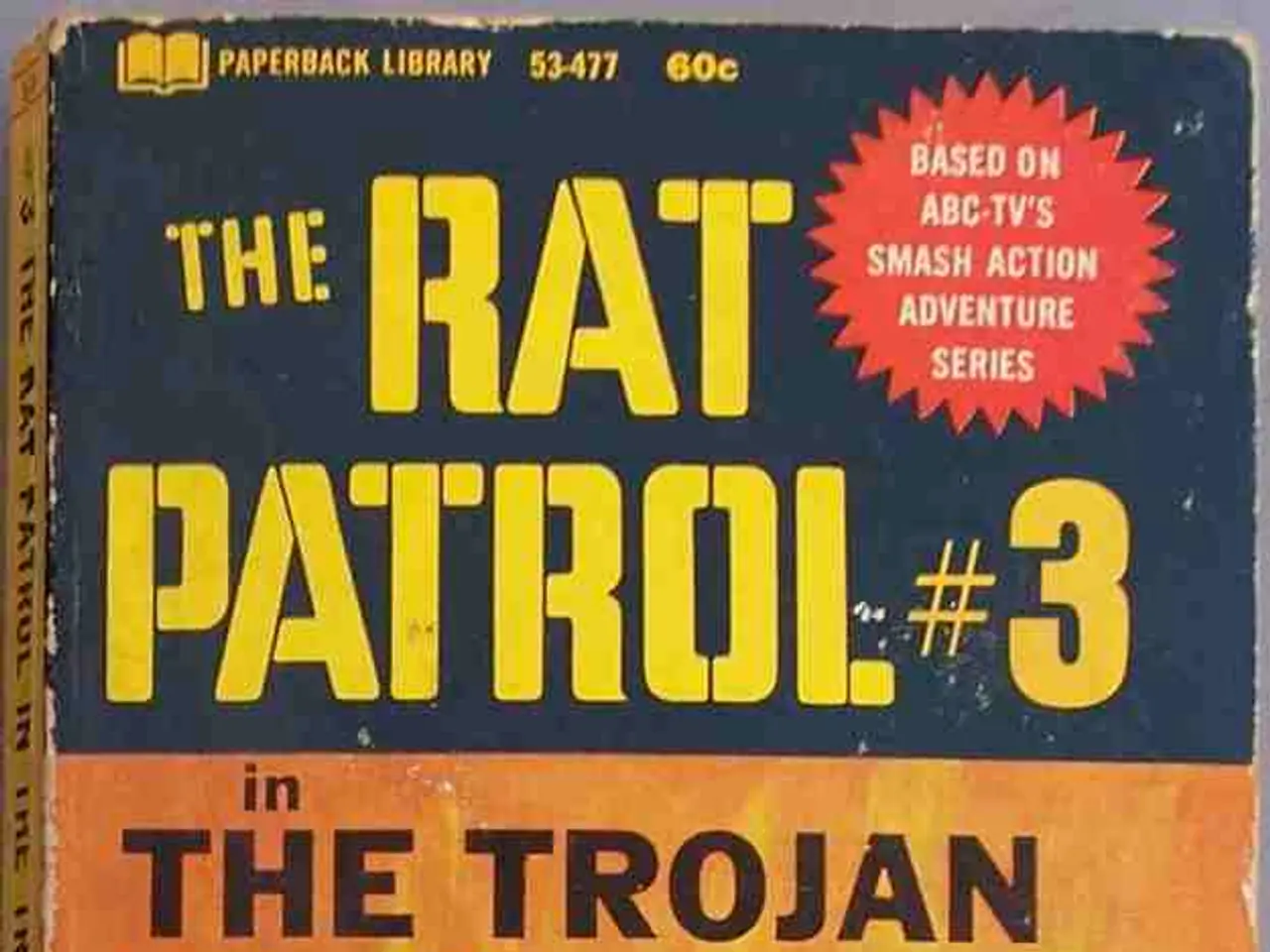Expands military action in Gaza, places announced by Israel
The Israeli Security Cabinet has approved a plan for a further escalation of fighting in the Gaza Strip, marking a shift towards a more aggressive military approach. This decision comes as the Israel Defense Forces (IDF) prepare for a major offensive to take control of Gaza City starting in October 2025.
The IDF Chief, Aal Zamir, is leading this operation, which aims at the defeat of Hamas and involves forcibly displacing approximately 800,000 civilians from Gaza City by October 7. The initial occupation is expected to last around three months, followed by two additional months of operations in central Gaza camps to clear all Palestinian armed groups.
This military escalation has significant implications for ceasefire negotiations with Hamas. Recent negotiations for a ceasefire have been stalled since late July 2025, partly because of disagreements over Israeli military positioning in Gaza and Hamas's demands for a full Israeli withdrawal rather than a phased solution. The Israeli cabinet’s green light for intensified military action in Gaza City severely undermines prospects for a ceasefire and a diplomatic resolution.
Prime Minister Benjamin Netanyahu has stated that Israel wants to hand over the Gaza Strip to "Arab forces" that do not call for the destruction of Israel. However, the aim is to dismantle Hamas and ensure that no threat to Israel will come from the Gaza Strip. The operation decided upon will focus exclusively on the city of Gaza in the north of the coastal region, which Israel currently controls around three quarters of.
The planned offensive has raised concerns about worsening humanitarian conditions and political instability. The Gaza Strip is currently home to around two million people living in catastrophic conditions. Around 70% of houses in the Gaza Strip are destroyed or severely damaged, with higher rates in Khan Yunis and parts of Rafah. Many aid supplies intended for the neediest in the Gaza Strip are being looted by civilians and armed groups.
The UN and international aid organizations have warned of a potential famine in the besieged Gaza Strip. The UN has described a further escalation of the fighting as "deeply alarming" and warned of catastrophic consequences for millions of Palestinians. Critics accuse Netanyahu of prolonging the war for political reasons to satisfy his coalition partners.
However, Netanyahu has stated that Israel does not want to permanently occupy Gaza. He emphasizes that the aim is to end the war and establish a civilian government in the Gaza Strip that does not pose a threat to Israel. The plan includes the occupation of the city of Gaza, with the aim of complete disarmament of Islamic Hamas and demilitarization of the Gaza Strip.
There are currently estimated to be 50 hostages in the hands of Hamas, with about 20 believed to be still alive. It is unclear how the ongoing military operations will affect the release of these hostages. The announcement of an expansion of the fighting could be part of a negotiation tactic to put pressure on Hamas in the ceasefire negotiations.
The situation in the Gaza Strip remains volatile, with ongoing fighting and the looming threat of a major offensive. The international community is closely monitoring the situation and calling for a swift resolution to the conflict to prevent further loss of life and worsening humanitarian conditions.
The Israeli Security Cabinet's approval of a more aggressive military approach in Gaza Strip, which involves the Israeli Defense Forces (IDF) and targets Hamas, is a significant development in the politics of war-and-conflicts, particularly relevant to general-news.
This escalation, aimed at taking control of Gaza City, could potentially exacerbate humanitarian conditions and political instability in the region, as warned by the UN and international aid organizations.







